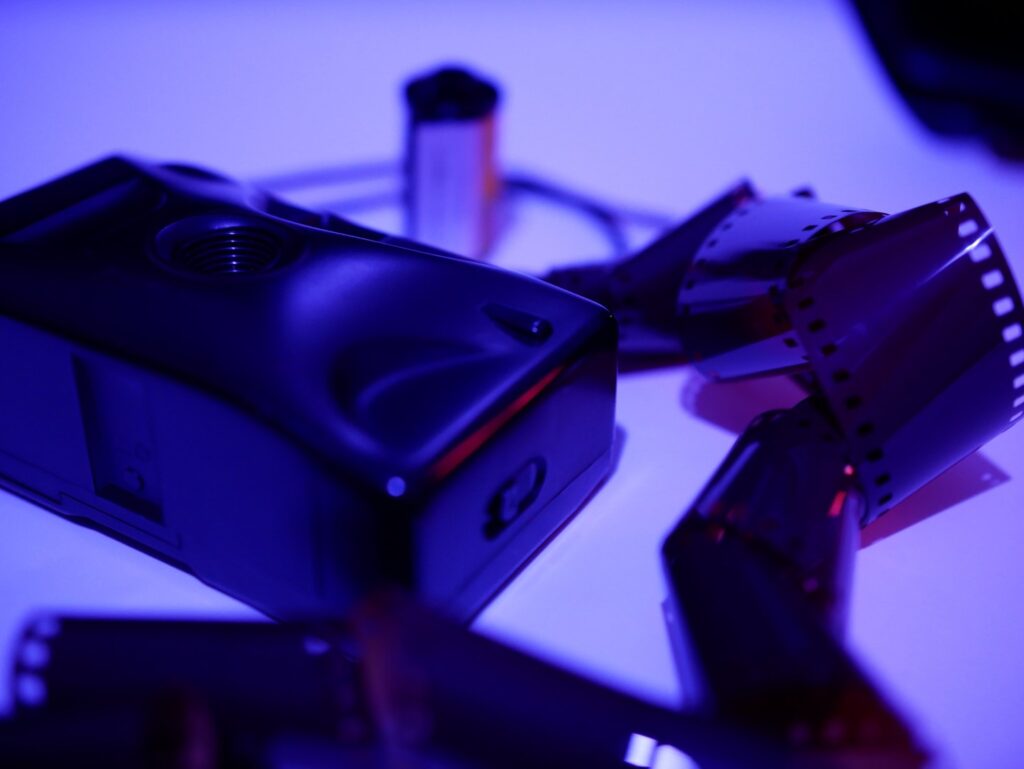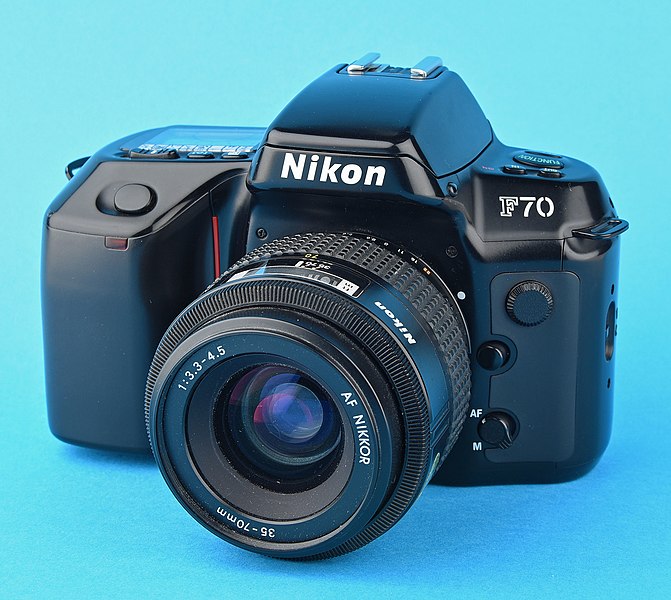Film photography has been a popular medium for capturing memories and moments in time for decades. One of the unique aspects of film photography is the ability to experiment with different techniques and processes to achieve various effects. One of these techniques is film soup, also known as souping. In this article, we will explore what film soup is, how it works, and how it can be used in film photography.
What is Film Soup?
Film soup is an experimental technique used in film photography where developed film is soaked in a mixture of various chemicals, liquids, and substances to alter the appearance of the final image. The process of film soup is highly unpredictable, and the results can be unique and one-of-a-kind, allowing photographers to create artistic and visually interesting images. This technique can be used on both color and black and white film and can create a range of effects, from color shifts to grainy textures and high contrast.
What is Souping in Photography?
Souping is the process of altering the appearance of developed film by using various chemicals and substances to soak the film. The term “souping” is derived from the process of soaking, similar to the way one might soak a piece of bread in soup to soften it.
Do You Put Film in Film Soup Before or After Taking Photos?
Film soup is typically done after the film has been exposed and developed. The process of film soup is meant to alter the appearance of the final image, so it is done after the image has already been captured on the film. Once the film has been developed, it can be soaked in the film soup mixture to achieve the desired effect. It is important to note that the process of film soup can damage the film, so it is essential to be careful and mindful when experimenting with this technique. Some photographers may choose to soak the entire roll of film in the soup mixture, while others may choose to cut the film into smaller pieces and soak them individually to create different effects.
Film Soup Mixture Ideas
The mixture used in film soup can vary greatly and can include anything from household items to chemicals used in traditional film developing. Here are a few ideas for film soup mixtures:
Coffee and Vinegar
A mixture of instant coffee and vinegar can create a sepia-toned effect on black and white film. This mixture can also create a grainy, textured appearance.
Bleach and Dish Soap
A mixture of bleach and dish soap can create a high-contrast effect on black and white film. This mixture can also create a mottled, washed-out appearance.
Lemon Juice and Salt
A mixture of lemon juice and salt can create a color shift effect on color film. This mixture can also create a textured appearance and increase contrast.
Beer
Soaking film in beer can create a unique color shift effect on color film. This mixture can also create a mottled, washed-out appearance.
Conclusion
Film soup is a unique and experimental technique that can create one-of-a-kind images in film photography. By soaking developed film in various mixtures of chemicals and substances, photographers can alter the appearance of their images and achieve unique effects. It is important to experiment with different mixtures and soaking times to find the desired effect, but it is also important to be careful and mindful when using this technique, as it can damage the film. Overall, film soup is a fun and creative way to experiment with film photography and create unique, artistic images.



